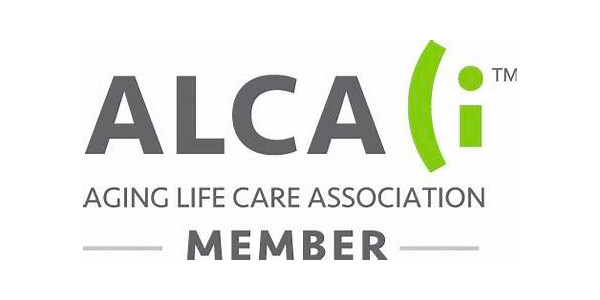Insights into Elder Care and Longevity
Dear Friends,
I am writing to you as I travel with a group of elder care and healthcare professionals through Northern Okinawa, Japan. We are currently staying in the Ogimi Village, in the Kijoka community—one of the regions featured in Netflix’s documentary The Blue Zones.
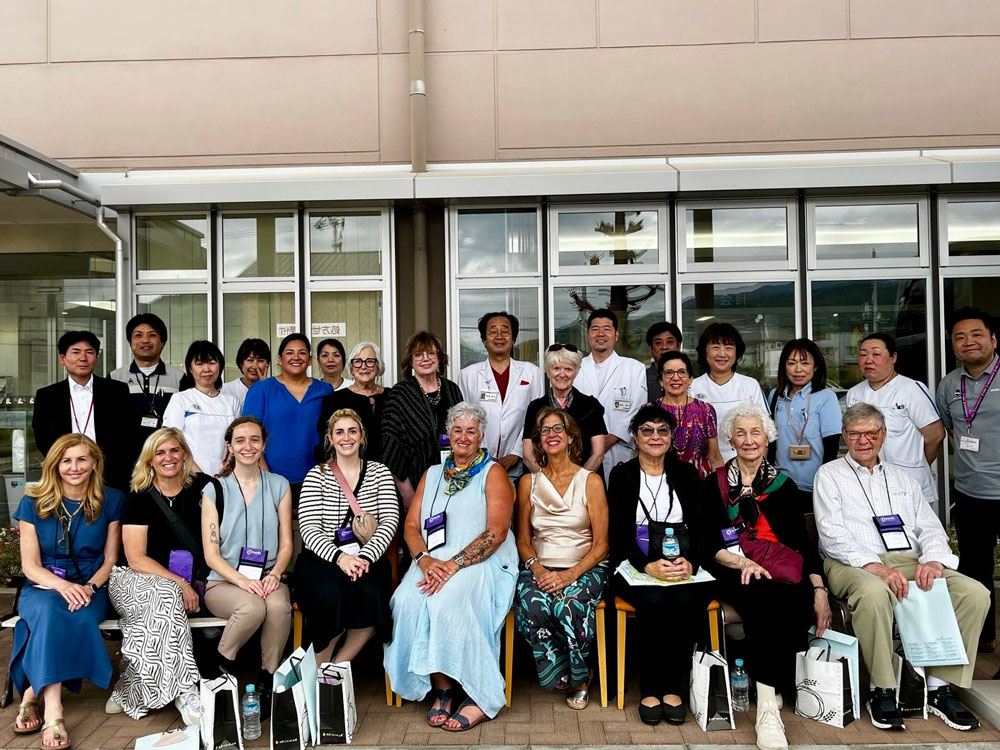
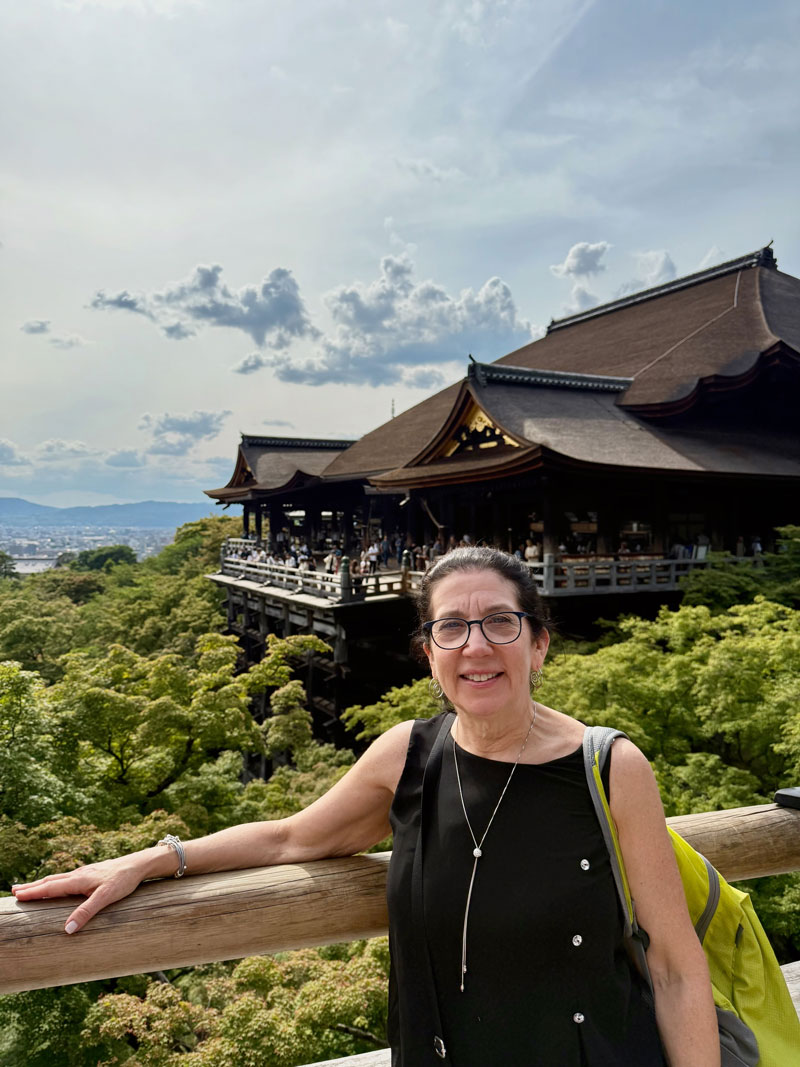
The Japanese Healthcare System
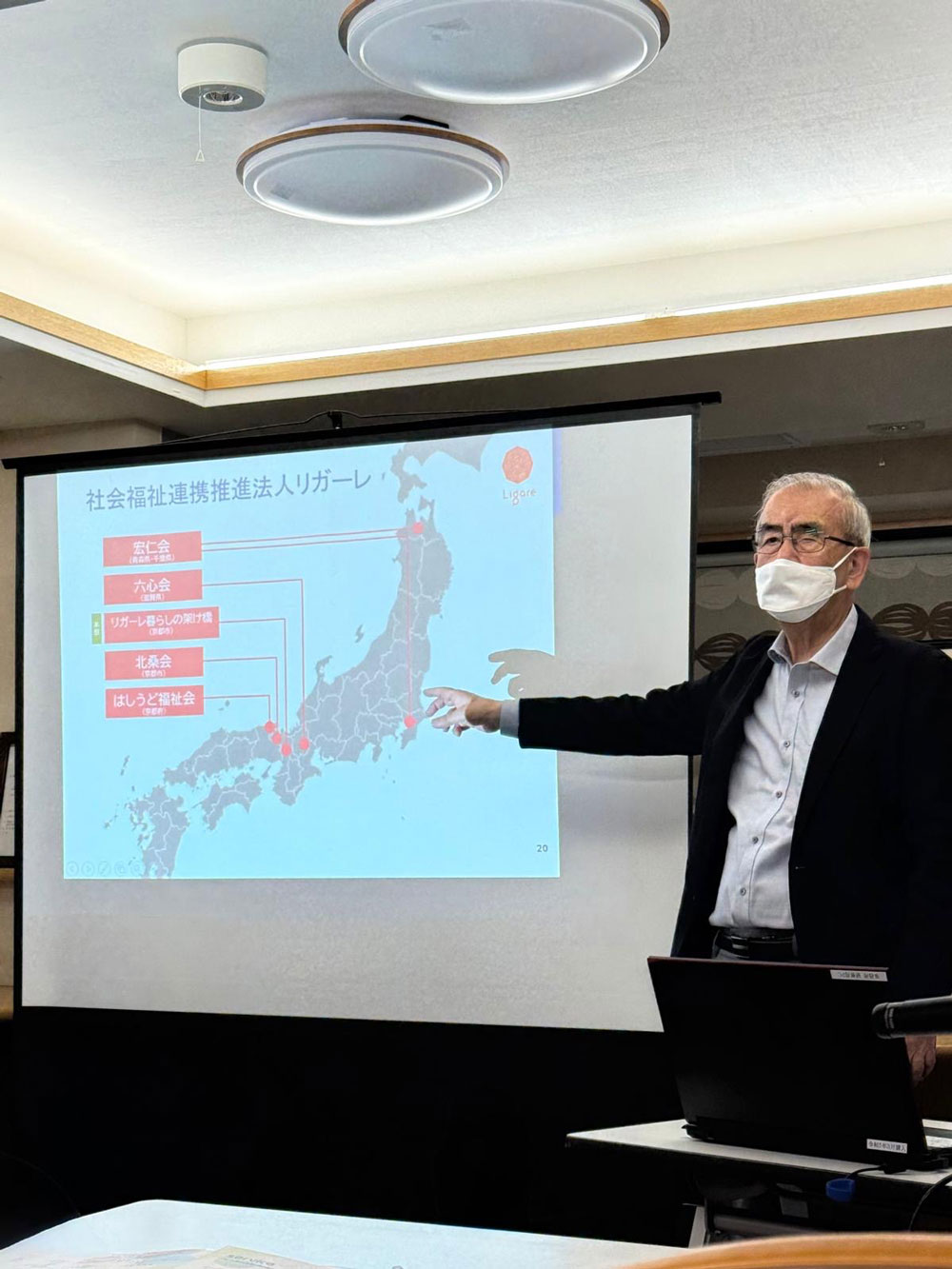
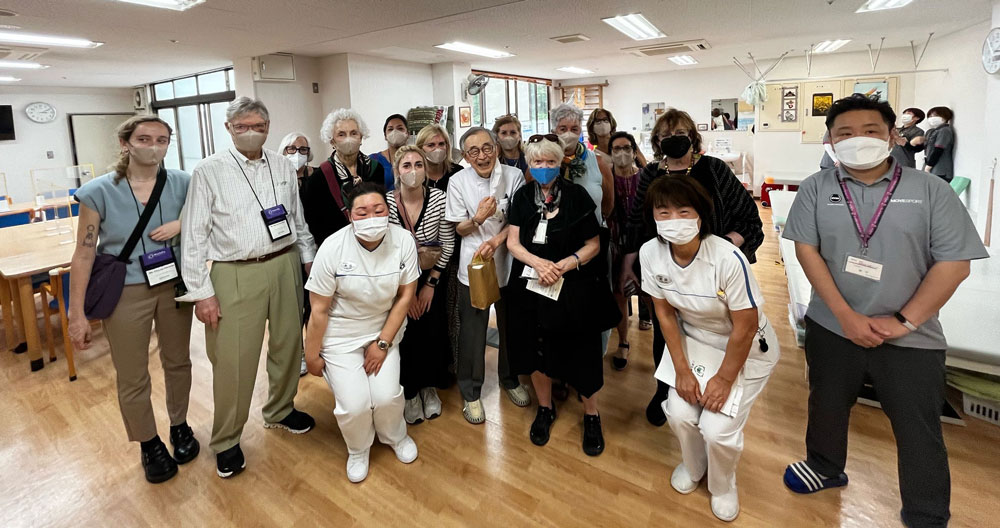
Today, I want to share some initial insights into Japan’s healthcare system, following a lecture and tours of Ligare Kurashi no Kakehashi Social Welfare Corporation (a private chronic care facility) and Kameoka Hospital in Kyoto.
With a growing older adult population, Japan underwent major reforms with the introduction of the Long-Term Care Insurance Act in 2000. Before this, families bore full responsibility for providing care for the elder family members through the end of life, with limited government support. Support was only available for low-income elders or those who had reached an exceptional age.
Since the Act, all older adults, regardless of income, are eligible for services such as home care, day programs, and long-term chronic care. Families can now choose from a menu of services that are offered locally to help their loved ones remain engaged in their communities. Private organizations, many of them small-scale, now provide care for the first time, though a consolidation of providers is underway.
Most older adults in Japan prefer to age in place with appropriate support. However, with a strict “no immigration” policy, Japan is facing a caregiver labor shortage. Caregivers here are highly trained and certified, but the country is now reconsidering its standards to broaden the workforce.
Healthcare in Japan is government-funded and income-based. After age 60, citizens pay a relatively low percentage of their income (10%) in insurance premiums, with a maximum cap of 30% for higher earners. Policymakers are considering lowering the age threshold for contributions to increase revenue and meet the growing demand for services. Japan, like the U.S., is grappling with the sustainability of its aging services infrastructure.
The segment of the population aged 80 and above is projected to grow notably: 2055: Approximately 19% of the population, including around 634,000 centenarians. PRB
This increase reflects the country’s high life expectancy and declining birth rates. Politico
Implications: The aging population presents challenges for Japan’s economy, healthcare system, and social services. With a shrinking workforce and increasing number of retirees, the country faces pressure to adapt its policies and infrastructure to support an older demographic. ( PRB and Politico)
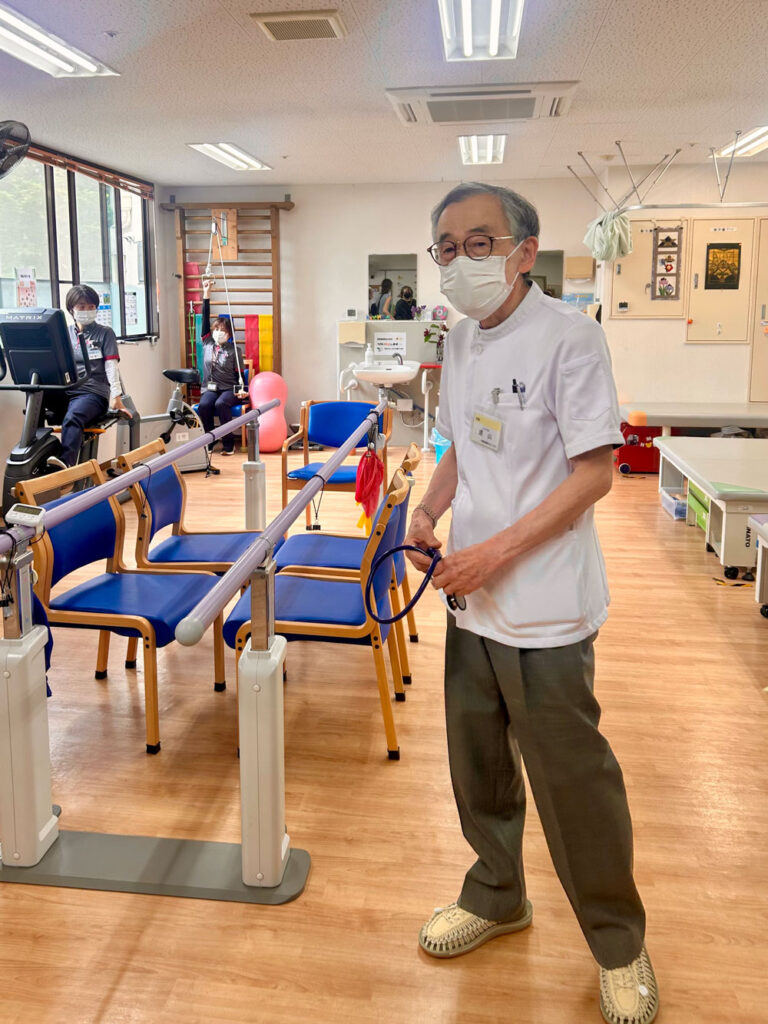
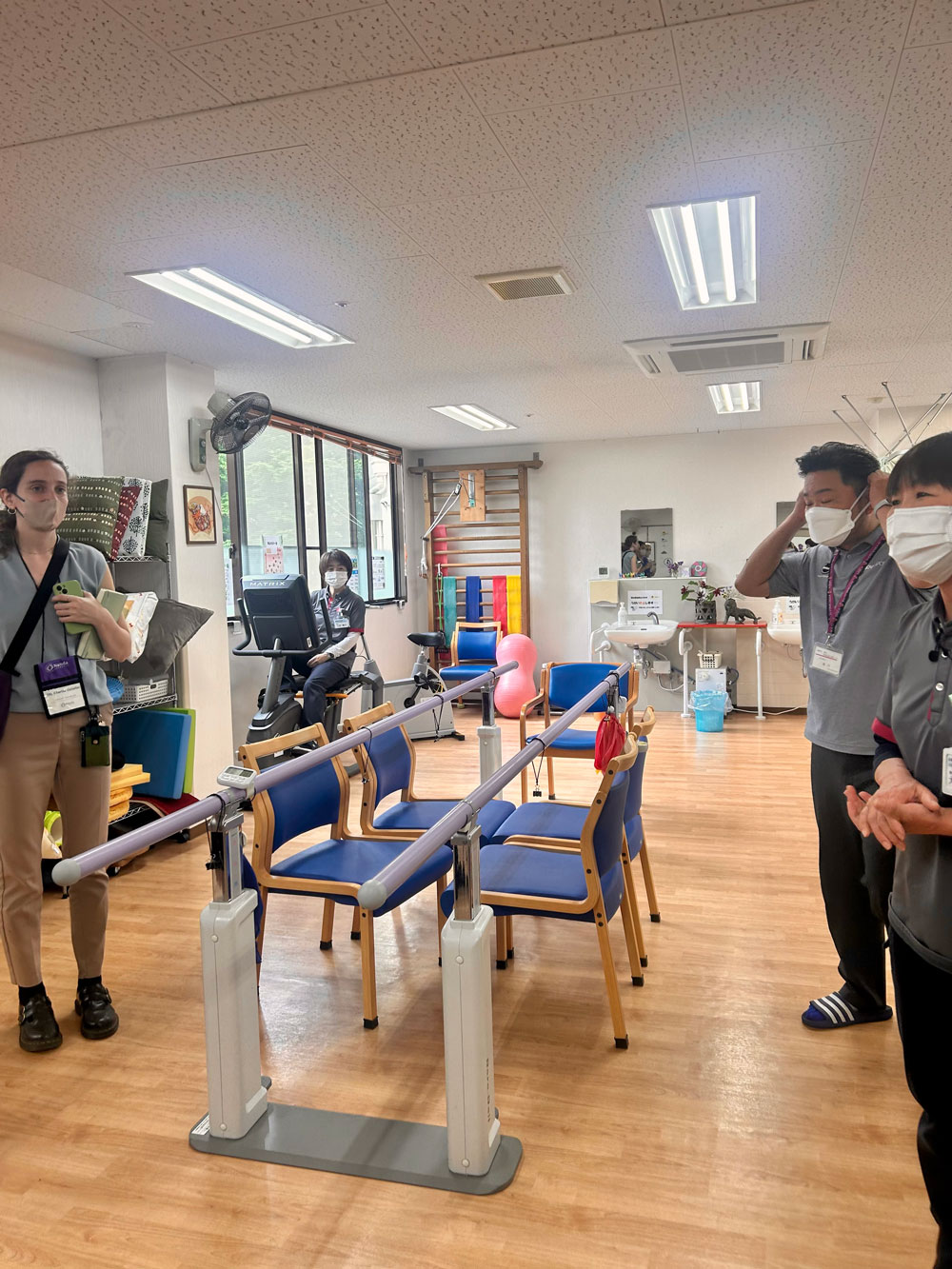
Cultural Observations
It is impossible to separate the healthcare system from the culture in which it exists. Japan is a country of extraordinary order, respect, and kindness. The people here are calm, polite, and go out of their way to help tourists, even using Google Translate to ensure understanding. These values extend into every aspect of life, including healthcare.
As an American navigating Japan with only a few words of the language, I have felt both safe and supported. The cultural framework here is vastly different from ours, which complicates any direct comparison of systems. To fully understand what we are seeing, it is essential to consider Japan’s unique historical and cultural context, as well as its evolving healthcare landscape. In our Care Management Practice we support the needs of an increasing number of older adults who have long distance families as well as “solo agers” which are individuals who have no informal support system. This is vastly different from the needs of older Japanese adults. They have their families close by but as they live to very old ages, now have government supported care options.
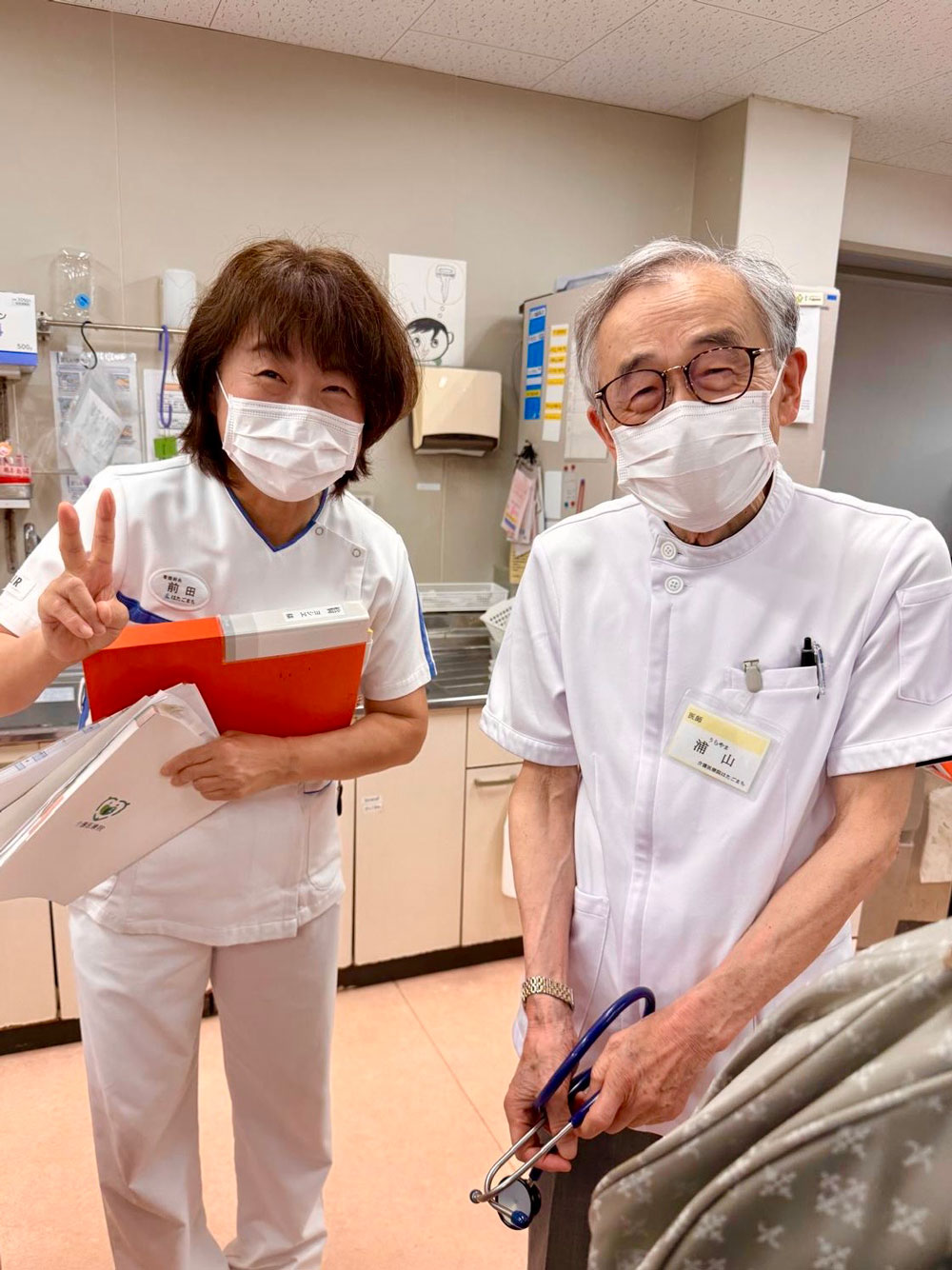
Differences in Focus of Care
Interestingly, as we delved deeper in our Q & A session with the hospital team about the care provided, it was shared with us that none of the patients in these facilities are sent out to specialists, and there are no dedicated dementia care programs. In addition, it was surprising to us that neither palliative care services nor complimentary holistic therapies were offered. Instead, the prevailing philosophy expressed was to keep people engaged in the daily life that they have always known surrounded by their community and family, continuing their life routines and activities as much as possible.
A concept that resonates deeply here is ikigai, one’s reason for being or purpose in life. This central tenet of Japanese culture has always played a key role in how we develop Care Plans for our Symphony Care Management clients, whether in our Aging GPS planning program, full service care management, or dementia specialty services which includes Care Partner Coaching. After my visit to Japan and witnessing the quality of life elders were enjoying at all stages of the aging process reinforces the conclusion that prioritizing positive aging, engagement and social connections as the focal part of our Care Plan would significantly improve our clients’ quality of life. We can create a more intentional and meaningful wellness plan based on who our clients have been in their lives and still are. Activities and connections that bring our clients joy must be central to all we do!
What truly makes life joyful? That is the question I will continue to reflect on as I learn more directly from the elders of Okinawa, Japan and one I look forward to exploring with each of you in the months ahead.
In my next blog, I will share more about our time with the elders here in the Ogimi Village, in the Kijoka community of Okinawa, and what we are learning about their secrets to longevity.


